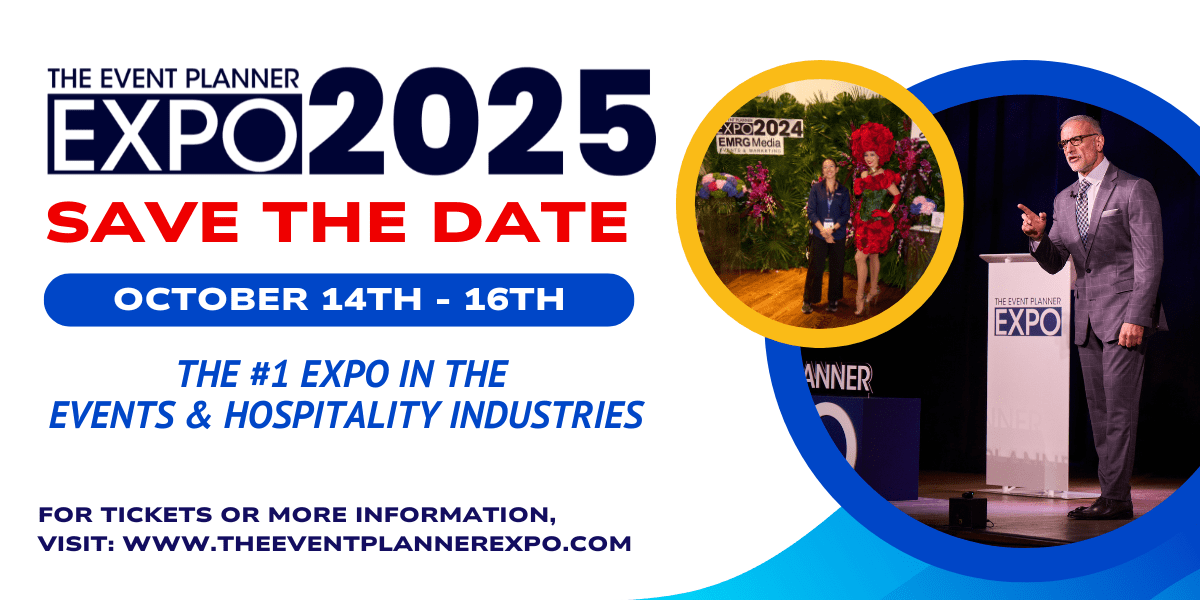The Perfect Event Follow-Up Plan (That Doesn’t Get Ignored)

If you aren’t doing event follow-up, you leave money on the table. Your booth could be on point. Your team could have had high energy and networked like pros. The brand could have increased its reach. But all of that is pointless if you don’t carry it beyond the event.
Yet it’s the step that most brands neglect. Post-event follow-up isn’t a polite courtesy. It’s an essential part of event strategy. Here’s how to create a follow-up plan people actually open, respond to, and remember.
Step 1: Capture Smart, Not Just Fast
An effective follow-up strategy starts before the event is even over. You can’t effectively follow up if you don’t know who to reach out to.
-
- Every interaction should be categorized: “ready to buy,” “needs education,” “curious but not urgent.” That context is gold when crafting your outreach later.
- Tools like Cvent, Grip, and Brella now allow reps to log quick insights directly into CRM systems.
- Dumping raw badge scans into a spreadsheet means nothing. You want context: what they asked about, what they reacted to, and where the conversation left off.
When you record behavior instead of names, you’re already halfway to personalization.
Step 2: Strike While the Memory Is Fresh
Timing kills more deals than bad copy. The window for follow-up is short. It takes about three days before your event falls off someone’s radar.
Send your first touchpoint within 24 to 48 hours. Keep it simple: thank them, remind them of the connection, and reference something specific.
Step 3: Segment Like It Matters
The biggest reason follow-ups get ignored? Generic messaging.
Divide your contact list into meaningful groups:
-
- Hot leads: People who expressed buying intent should receive direct outreach within 48 hours.
- Warm leads: People who are interested but not ready to buy should get personalized recap emails or a demo invite.
- Community connections: Industry peers, partners, or influencers should receive post-event content or collaborative opportunities.
Every message should sound like it’s written for them, not for everyone.
Step 4: Lead with Value, Not Volume
The first email after an event shouldn’t be a pitch deck. It should offer value. That could mean a session recording, a recap article, or access to a resource.
If your event included keynotes, breakout sessions, or product demos, edit those into short, digestible clips. Then send people the one most relevant to their interest.
A good structure:
-
- Quick personal hook
- One specific takeaway or recap
- Optional resource link
- Gentle CTA (no pressure)
People respond to generosity, not persistence.
Step 5: Build a 3-Week Momentum Map
The best follow-up plans unfold over time, not in a single burst. Here’s a simple cadence:
Week 1: Reconnect
Send thank-you notes or recap emails. Deliver key resources like slide decks or recordings. Start personal outreach to top prospects.
Week 2: Reignite
Publish event highlights or behind-the-scenes content. Send a poll or survey to attendees asking what they found most valuable. Invite people to a “next step” webinar or Q&A session.
Week 3: Reinforce
Share results from the event: attendance, key trends, insights. Deliver personalized content based on what each segment engaged with. Encourage continued connection on LinkedIn or through your community portal.
By week four, your audience should feel like the event never really ended. It just evolved into an ongoing conversation.
Step 6: Use Multi-Channel Touches
Relying on email alone is a mistake. People scroll fast and forget faster. Combine formats to stay visible without feeling intrusive.
Step 7: Personalize with Context
AI tools are great for speed, but they can’t replace context. When you personalize, reference what mattered to them. Mention the specific booth interaction or demo they attended. Acknowledge their job title or industry challenge and echo their words back to them. (“You mentioned struggling with client onboarding. Here’s a case study we discussed.”)
Personalization doesn’t have to mean paragraphs. A single line that proves you remember them is often enough to win a response.
Step 8: Bring Storytelling Into Sales
Every event tells a story, and your follow-up should continue it.
If your event theme was about innovation, show what’s new. If it were about growth, share customer stories of transformation. Make your outreach feel like the next chapter, not a separate pitch.
Step 9: Turn Attendees into Advocates
Following up is about turning fans of the brand into advocates. Amplify their voices to increase awareness and potential leads. Following up with these people focuses on developing those who already believe in the brand.
Reach out to these event guests and ask for a testimonial about their experience. Feature the positive feedback you get in post-event wrap-ups. This makes for perfect user-generated content. When people see their peers talking about you, your credibility multiplies.
Step 10: Track What Works and Drop What Doesn’t
Track every touch point you have with event guests. Each of these touchpoints is a piece of data that helps to create a whole picture. Use this data to create predictive analytics. That way, you know what follow-up methods work the best and which ones you can leave behind.
Track open, click through, response, and conversion rates. Track follow-up timing and engagement to find the best time to reach out.
The Real Reason Most Follow-Ups Fail
Don’t treat your follow-ups like a chore or a box you need to check. Your communications will come off as disingenuous. Your recipients will check a box too, the one to delete your messages.
There’s no guarantee that every follow-up will lead to success. However, you can avoid the common pitfalls by staying relevant, being timely, and being genuine.
Find Out More About Turning Learning Into Loyalty
A follow-up plan shouldn’t just nurture your leads. You are setting the tone for the rest of the relationship. When done right, you develop an audience that associates your brand with insight, value, and reliability. These are all positive connotations that help drive connections to make positive decisions.
If you want to see how elite event planners are using smart, strategic follow-up to turn one-time guests into lifelong clients, join The Event Planner Expo 2026 in New York City. Watch how industry leaders keep momentum alive long after the event ends, and take home ideas that will make sure your next follow-up never gets ignored.
Learn from the experts and craft their follow-up plans.
